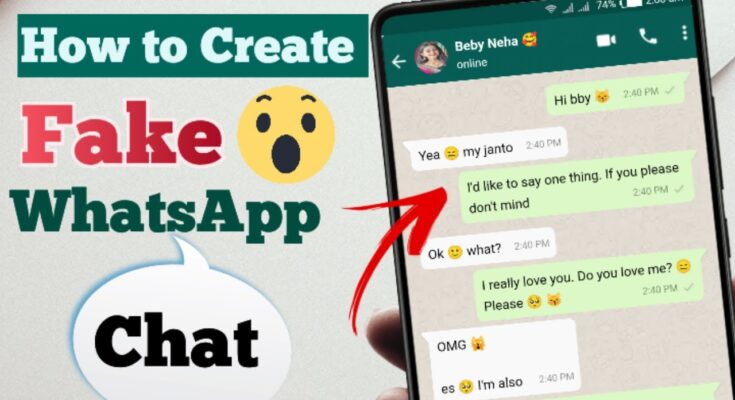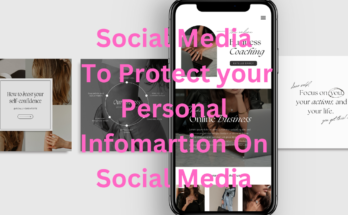In the modern digital landscape, fabricating mock conversations has evolved into a prevalent and multifaceted tool utilized for an array of purposes, spanning from harmless amusement to sophisticated marketing strategies. Whether you’re aiming to jest with a friend, craft engaging content for social platforms, or even simulate customer exchanges for training exercises, fake chat generators provide an inventive means to create lifelike dialogues.
What Is a Fake Chat Generator?
A fake chat generator is essentially a digital instrument or app that permits users to conjure up artificial conversations that closely resemble the interfaces of authentic messaging platforms like WhatsApp, Messenger, Instagram, or even SMS. These generators come equipped with functionalities that allow complete personalization of every element within the conversation—from the names and avatars of the participants to the text exchanges, timestamps, and even message status indicators.
Why Have Fake Chats Become So Prevalent?
The widespread use of fake chats can be attributed to their extensive applicability. On social media, these fabricated dialogues are often deployed to generate humorous scenarios, such as creating the illusion of a celebrity chatting with a friend, or to weave compelling narratives that capture audience attention. Marketers find value in using them to replicate customer service scenarios or to promote products through cleverly designed dialogues. Additionally, educators employ fake chats to teach digital communication skills or simulate interactive exercises for learning purposes.
Personalization: The Cornerstone of Authenticity
What makes fake chat generators so appealing is their unparalleled level of customization. Users can fine-tune every aspect to ensure the resulting conversation feels genuine. This includes:
- Names and Profile Images: Incorporating real or imaginary names and avatars to make the interaction seem plausible.
- Content of the Messages: Crafting dialogue with the appropriate tone and wording to fit the desired context or outcome.
- Timestamps: Modifying the date and time to align with the narrative or make the exchange seem current.
- Message Delivery Statuses: Specifying whether the messages appear as sent, delivered, or read, mirroring real-world messaging apps.
Ethical Implications
While fake chat generators serve as a source of entertainment and practical uses, it’s critical to wield them responsibly. Misusing these tools to deceive, propagate falsehoods, or manipulate circumstances can lead to serious repercussions. Ethical usage involves ensuring these simulated conversations are employed for innocent fun, education, or creative endeavors without causing harm or misleading others.
Conclusion
As technology continues to advance, so too will the capabilities of fake chat generators. These tools will inevitably become more sophisticated, offering even more lifelike simulations, expanding the horizons for creativity and innovation. However, with this advancement comes the obligation to use such technology with integrity. Whether for amusement, marketing, or educational purposes, fake chat generators will undoubtedly remain a unique fixture within the digital toolkit—offering endless potential, but demanding careful and ethical consideration.



